Rug Placement: Tips for Every Room in Your Home
Rugs are more than just floor coverings; they are essential elements of interior design that can transform a room's look and feel. However, when it comes to rug placement, it's not just about choosing the right size and style; it's also about knowing where to put rugs in your home.
In this blog post, we'll explore rug placement ideas and room-specific tips to help you make the most of your rugs in every corner of your living space.

Living Room Rug Placement
The living room is often the focal point of a home, and rug placement plays a crucial role in defining and enhancing this space.
Under Furniture: A common living room rug placement is to have it positioned under the furniture. Ideally, the front legs of your sofa and chairs should rest on the rug while the back legs remain off the rug. This arrangement anchors the furniture and creates a cosy conversation area.
Floating Furniture: Alternatively, you can choose a larger rug that accommodates all your seating and allows for a "floating" furniture arrangement, where all the furniture pieces are entirely on the rug. This style works well in open-concept living spaces.
Coffee Table: If you have a coffee table in your living room, ensure it is centred on the rug, creating a cohesive and balanced look.
Dining Room Rug Placement
In the dining room, rug placement is all about framing your dining table and chairs while providing comfort underfoot.
Under the Dining Table: The most common dining room rug placement involves positioning the rug under the dining table. Ensure the rug is large enough to allow the chairs to remain on the rug when pulled out, both for visual continuity and to prevent tripping.
Extend the Rug: If you have a smaller rug but want to maintain the visual appeal, you can extend the rug beyond the table's edges to accommodate the chairs when they are pulled out. This creates a cohesive dining area.

Bedroom Rug Placement
Rugs in the bedroom add warmth and comfort. Here's how to place them effectively:
Under the Bed: A popular choice for bedroom rug placement is to have it partially or entirely under the bed. For a king-sized bed, a rug that extends 18-24 inches on each side of the bed is ideal. For smaller beds, a rug that covers the area beneath the bed can create a cosy atmosphere.
Bedside Rugs: If you prefer a rug on each side of the bed, opt for smaller rugs that sit on either side of the bed, creating a balanced look and providing comfort underfoot when you step out of bed.
Hallway Rug Placement
Hallways are often narrow spaces where rug placement can be both functional and visually appealing.
Runner Rugs: Hallway rug placement is perfect for runner rugs. These long, narrow rugs can add colour and texture while also protecting high-traffic areas of your home.
Centred Rug: In wider hallways or entryways, you can place a centred rug to create a welcoming focal point.
Kitchen Rug Placement
Rugs in the kitchen serve both practical and aesthetic purposes.
Sink and Stove Areas: In the kitchen, rug placement near the sink and stove areas can provide comfort while doing dishes or cooking. Make sure the rug is slip-resistant and easy to clean.
Under the Kitchen Table: If you have a small dining table in the kitchen, consider placing a rug under it to define the dining space and add a touch of style.

Bathroom Rug Placement
Bathrooms can benefit from rugs for comfort and to absorb moisture. Here's where to put rugs in your bathroom:
Sink and Vanity Area: A rug placed near the sink and vanity area can add a soft touch and help absorb water splashes. Opt for a rug designed for bathroom use, which is moisture-resistant.
Shower or Bathtub: A bath mat is essential near the shower or bathtub to prevent slips. Make sure it's absorbent and easy to clean.
Entryway Rug Placement
The entryway is the first impression of your home, and rug placement can create a warm welcome.
Foyer Rug: Place a rug in the foyer to define the entryway and provide a practical spot for wiping shoes. Choose a rug that compliments your home's style and is durable enough to withstand heavy foot traffic.
Runner Rugs: In longer entryways, runner rugs can guide guests into your home while adding visual interest and texture.
Tips for All Rug Placements
Regardless of the room or space, here are some general rug placement tips to keep in mind:
- Size Matters: Choose a rug size that is proportionate to the room. An undersized rug can make the space feel disjointed, while an oversized rug can overwhelm it.
- Balance and Symmetry: Aim for balance and symmetry in your rug placement. Ensure that furniture legs are either all on or off the rug for a harmonious look.
- Consider Functionality: Think about the function of the space. In high-traffic areas, opt for durable rugs that are easy to clean.
- Style and Texture: Rugs can be a focal point or a subtle background element. Choose rugs that complement your decor style and add texture and visual interest.
- Maintenance: Consider how easy it is to clean and maintain the rug, especially in spaces prone to spills and stains.
Conclusion
Rug placement is a crucial aspect of interior design that can significantly impact the aesthetics and functionality of your home.
Are you in the market for an affordable, durable rug that will improve the look of any room in your home? Look no further than The Rugs! Our wide selection of rugs is perfect for creating a warm and inviting atmosphere, and we offer unbeatable savings with every purchase!
Rug Placement for Sectional: Anchoring Your Living Space
When placing a rug with a sectional sofa, aim to anchor the entire seating area. The rug should be large enough to accommodate all front legs of the sectional on the rug. For a cohesive look, extend the rug about 15-20 cm beyond the edges of the sectional. If space allows, include side tables and ottomans on the rug as well. This arrangement creates a defined, cosy area within your room, enhancing the overall aesthetic and functionality of your living space.
Rug Placement for Bedroom: Creating Comfort Underfoot
In a bedroom, rug placement can significantly impact the room's comfort and style. For a standard layout, position a large rug under the bed, extending at least 60 cm on all sides for a luxurious feel underfoot. In smaller rooms, place the rug two-thirds under the bed, with the remaining third extending towards the foot. For added comfort, consider smaller rugs on either side of the bed if a large rug isn't feasible. Ensure the rug complements your bedroom's colour scheme and provides a soft landing for bare feet.

Rug Placement for Living Room: Defining Your Gathering Space
The right rug placement in a living room can tie the entire space together. Ideally, choose a rug large enough to fit under all furniture legs in your seating area. If this isn't possible, ensure at least the front legs of all pieces rest on the rug. For a more casual look, you can have all furniture legs off the rug, but place the rug close enough to unify the space. In open-plan areas, use rugs to define separate zones, such as the living and dining areas.

Rug Placement for L-Shaped Couch: Balancing Proportion and Style
When placing a rug with an L-shaped couch, aim for balance and proportion. Ideally, the rug should be large enough to accommodate all legs of the sectional. If this isn't feasible, ensure at least the front legs rest on the rug. Extend the rug about 15-20 cm beyond the edges of the sectional for a cohesive look. In open-plan spaces, use the rug to define the seating area, keeping it within the boundaries of the sectional. Consider the shape of your rug; rectangular rugs often work well, but a large square rug can complement the L-shape effectively.
Rug Placement for King Size Bed: Maximising Comfort and Style
For a king-size bed, rug placement is crucial in creating a sense of luxury and proportion. Choose a rug large enough to extend at least 60-75 cm beyond the sides and foot of the bed. This typically means a rug size of at least 270x360 cm. For a truly luxurious look, opt for a rug that accommodates nightstands as well. If your room is smaller, consider placing the rug two-thirds under the bed, starting at the foot and extending into the room. This approach still provides ample soft space around the bed while conserving floor space.
Rug Placement for Queen Bed: Balancing Proportion and Style
When placing a rug with a queen bed, focus on creating a balanced, inviting space. Opt for a rug size that allows for at least 45-60 cm of visible rug on all three sides of the bed. A 240x300 cm rug often fits well, allowing space for nightstands. Centre the rug under the bed, ensuring it's parallel to the bed frame for a neat appearance. If your room is smaller, consider placing a runner on each side of the bed or a smaller rug at the foot. Remember to choose a rug material that's soft underfoot for those early morning steps.
Rug Placement for 2 Twin Beds: Creating Harmony in Shared Spaces
When arranging rugs for a room with two twin beds, aim for symmetry and balance. One large rug placed under both beds can unify the space, extending at least 30 cm beyond the sides and foot of each bed. Alternatively, use two identical smaller rugs, one for each bed, to define individual spaces. If the beds are against a wall, consider a runner between the beds to add warmth and tie the room together. Ensure the rug placement allows for easy movement around the beds and maintains a cohesive look in the shared bedroom.
Rug Placement for Corner Bed: Maximising Space and Style
Corner bed arrangements require thoughtful rug placement to enhance the room's layout. Choose a rug shape that complements the angular layout, such as a round or octagonal design. Position the rug so it extends from the front corners of the bed, creating a focal point in the room. For a more traditional look, use a rectangular rug placed diagonally under the bed, aligning one corner with the bed's corner. This placement helps to soften the room's angles and creates a visually interesting floor pattern.
Rug Placement for Bed Against Wall: Enhancing Compact Spaces
When your bed is against a wall, rug placement requires creativity to maximise space. Choose a rug that extends from the exposed sides of the bed, covering the floor space in front. For twin beds, a 120x180 cm rug placed perpendicular to the bed often works well. With double or queen beds, opt for a larger rug that extends at least 60 cm from the exposed sides. Consider a runner along the free side of the bed for a streamlined look in narrow rooms. This placement adds warmth and defines the sleeping area without overwhelming the space.
Rug Placement for U-Shaped Sectional: Creating a Cosy Conversation Area
For U-shaped sectionals, rug placement is key to defining your seating area. Choose a rug large enough to accommodate all legs of the sectional, ideally extending 15-20 cm beyond its edges. If this isn't possible, ensure at least the front legs of all pieces rest on the rug. A large rectangular or square rug often works best, centred within the U-shape to create a cohesive look. This placement helps to anchor the seating area and provides a soft, inviting space for conversation and relaxation.
People Also Asked
What is the correct placement of an area rug?
The correct placement of an area rug depends on the room and furniture layout. Ideally, it should anchor the main seating area in living rooms or define spaces in open-plan areas. Ensure at least the front legs of furniture rest on the rug.
What is the rule for area rugs?
The primary rule for area rugs is the "all on or all off" principle. Either all furniture legs should be on the rug, or all should be off, with only the front legs on for larger rooms. This creates a cohesive and balanced look.
Should a rug go under a sofa?
Yes, a rug should typically go under a sofa. At minimum, the front legs of the sofa should rest on the rug to create a unified seating area. For larger rooms, all legs can be on the rug for a more grounded feel.
Where to put a rug in a study?
In a study, place the rug under the desk and chair, extending beyond the chair's pull-out area. This defines the workspace and adds comfort underfoot. For larger studies, consider centering the rug in the room to tie all elements together.
Do you center a rug with the room or couch?
Generally, center the rug with the architectural features of the room rather than the couch. This approach maintains balance and symmetry in the space. However, in some cases, centering with the main furniture piece can create a more focused seating area.
Should a rug touch the wall?
No, a rug should not touch the wall. Leave a border of flooring visible around the rug's edges, typically 6-18 inches depending on room size. This creates a frame effect and prevents the room from looking overcrowded.
How should a rug fit your room?
A rug should fit your room by leaving a 12-18 inch border of flooring around its edges in most cases. For dining rooms, ensure the rug extends at least 24 inches beyond the table on all sides to accommodate chairs.
How far should a rug be placed under a bed?
For a bed, the rug should extend about 18-24 inches beyond the sides and foot of the bed. This ensures you step onto the rug when getting out of bed. For smaller rooms, position the rug to start about halfway under the bed.
How far should area rug be from sofa?
An area rug should extend at least 6-8 inches beyond each side of the sofa. This creates a cohesive seating area and prevents the furniture from looking like it's floating on the edge of the rug.
Where to put a rug in a bedroom?
In a bedroom, place the rug under the lower two-thirds of the bed, extending out on the sides and foot. For larger rooms, consider using smaller rugs on either side of the bed or in seating areas.
How to position a rug with a corner sofa?
With a corner sofa, position the rug so that the front legs of all seating pieces rest on it. The rug should extend beyond the chaise portion, creating a unified seating area that accommodates the L-shape.
How to layer rugs in a room?
To layer rugs, start with a larger, neutral base rug and add a smaller, more decorative rug on top. Ensure the top rug is centered and doesn't cover the entire bottom rug. Vary textures and patterns for visual interest.
How should furniture be arranged on an area rug?
Arrange furniture on an area rug following the "all on or all off" rule. In living rooms, ensure at least front legs of seating are on the rug. For dining rooms, all chair legs should remain on the rug even when pulled out.
Where should area rugs be placed in kitchen?
In kitchens, place area rugs in high-traffic or work zones, such as in front of the sink, stove, or island. Use durable, easy-to-clean materials and ensure rugs have non-slip backing for safety.
What size rug for a 4 seater sofa?
For a 4 seater sofa, choose a rug that's at least 8x10 feet or larger. This size allows for the sofa and any accompanying chairs to have at least their front legs on the rug, creating a cohesive seating area.
How to place a rug in a long, narrow room?
In a long, narrow room, use a rug to visually widen the space. Place it perpendicular to the length of the room, ensuring it's wide enough to accommodate all furniture in the seating area.
Should a rug go under the sofa?
Yes, a rug should go under the sofa. At minimum, the front legs of the sofa should rest on the rug. For a more luxurious feel in larger rooms, place all legs of the sofa and surrounding furniture on the rug.
Should a rug be centered?
Generally, yes, a rug should be centered, but with the room's architecture rather than the furniture. This creates balance and symmetry in the space. However, in some layouts, centering with key furniture pieces may be more appropriate.
What is the rule with area rug size?
The main rule for area rug size is to choose a rug large enough to accommodate your furniture arrangement. In living rooms, all furniture should have at least front legs on the rug. In dining rooms, the rug should extend 24 inches beyond the table on all sides.
How far should a rug sit from the wall?
A rug should sit approximately 6-18 inches from the wall, depending on room size. This creates a frame of flooring around the rug, preventing the room from looking overcrowded and allowing the rug to define specific areas within the space.
How to place rugs under beds?
When placing rugs under beds, ensure the rug extends about 18-24 inches beyond the sides and foot of the bed. For smaller rooms or budget constraints, position the rug to start about halfway under the bed, extending out from the foot.
Where should a rug be placed in a small room?
In a small room, place the rug to define the main functional area. Leave about 6-8 inches of floor visible around the edges. Consider a rug that's proportional to the room size to avoid overwhelming the space.
How to place a rug in a living room with a sectional?
With a sectional, place the rug so that all front legs of the sectional and any additional seating rest on it. The rug should extend beyond the chaise portion, unifying the entire seating area and accommodating the L-shape.
Do area rugs go on top of carpet?
Yes, area rugs can go on top of carpet. This technique, known as "layering," adds visual interest and helps define specific areas within a room. Choose a low-pile rug to prevent tripping hazards and use a rug pad for stability.
Can a rug float in a room?
Yes, a rug can float in a room, meaning it's not touching any walls or major furniture pieces. This technique works well in open-plan spaces or to define conversation areas in larger rooms. Ensure the rug is large enough to anchor the space effectively.
How do you place an area rug in the kitchen?
In the kitchen, place area rugs in high-traffic or work zones, such as in front of the sink, stove, or island. Choose durable, stain-resistant materials and ensure the rugs have non-slip backing for safety. Avoid placing rugs in areas prone to spills or moisture.
Can a rug be too big for a room?
Yes, a rug can be too big for a room if it doesn't leave any visible flooring around the edges (typically 6-18 inches). An oversized rug can make a room feel smaller and less defined. Always measure your space carefully before purchasing.
How big should a rug be under a sectional?
A rug under a sectional should be large enough to accommodate all front legs of the sectional and any additional seating. Typically, this means a rug size of at least 9x12 feet, but larger sizes may be necessary for spacious rooms or larger sectionals.
Should a rug be in the middle of the room?
Generally, yes, a rug should be in the middle of the room to create balance and define the main living area. However, the exact placement may vary depending on furniture arrangement and room function. Always ensure the rug complements the overall layout.
Do rugs go all of the way under couch?
Rugs don't necessarily need to go all the way under a couch. The "all on or all off" rule suggests either all furniture legs should be on the rug, or just the front legs. For a more luxurious feel in larger rooms, placing all legs on the rug can work well.
Is there such a thing as too many rugs?
While rugs add warmth and style, overusing them can create visual clutter. Balance is key when incorporating multiple rugs in a space. Too many rugs can make a room feel cramped and disjointed. Instead, focus on strategic placement of a few well-chosen rugs that complement each other and the overall design of your space.
How should rugs be positioned?
Rug positioning depends on the room's layout and function. In living areas, center the rug under the main seating arrangement with furniture legs either all on or all off the rug. For dining rooms, ensure the rug extends at least 24 inches beyond the table on all sides. In bedrooms, position the rug to frame the bed, extending beyond the sides and foot.
Should a rug be centered on the bed or the room?
In most cases, center the rug on the bed rather than the room. This approach creates a cohesive look and ensures comfort underfoot when getting in and out of bed. The rug should extend about 18-24 inches beyond the sides and foot of the bed. For very large rooms, consider balancing the rug placement between the bed and the overall room dimensions.
What is the rug rule for sofas?
The general rule for sofa and rug placement is to have at least the front legs of all seating furniture on the rug. Ideally, all furniture legs should be on the rug, but this depends on rug size and room layout. This arrangement unifies the seating area and prevents the rug from appearing disconnected from the furniture grouping.
What are the rules for layering rugs?
Layering rugs adds depth and interest to a room. Start with a larger, neutral base rug and layer a smaller, more decorative rug on top. Ensure the top rug is about two-thirds the size of the bottom one. Vary textures and patterns between the rugs for visual appeal. Always secure layered rugs with non-slip pads to prevent shifting and tripping hazards.
Should a rug cover the entire floor?
A rug doesn't need to cover the entire floor. In fact, leaving some floor visible can make a room appear larger. Aim to leave about 12-18 inches of bare floor around the rug's perimeter in most rooms. This creates a border effect and allows the flooring to complement the rug. In larger rooms, use multiple rugs to define separate functional areas rather than covering the entire floor.
Why have a rug under bed?
Placing a rug under the bed serves both practical and aesthetic purposes. It provides warmth and comfort underfoot when getting in and out of bed. Visually, it anchors the bed within the room's design, creating a cohesive look. A rug can also absorb sound, making the bedroom quieter and more peaceful. Additionally, it protects the floor from scratches caused by bed movement.
Should I put a rug under a dining table?
Yes, placing a rug under a dining table is recommended. It defines the dining area and protects the floor from chair movement. Choose a rug that extends at least 24 inches beyond the table on all sides to accommodate chairs when pulled out. Opt for a low-pile, easy-to-clean rug to manage inevitable spills and make chair movement easier.
How should rugs be placed?
Rug placement should enhance the room's functionality and aesthetics. In living rooms, center the rug in the seating area with furniture arranged around or on it. For bedrooms, position the rug to frame the bed, extending beyond its sides and foot. In dining rooms, ensure the rug is large enough to accommodate pulled-out chairs. Always consider traffic patterns and use rug pads to prevent slipping. The goal is to create defined spaces that feel cohesive and purposeful.
Related Blog Posts
Top 5 Bedroom Rug Placement Ideas That Can Elevate Your Decor
Related Rug Collections





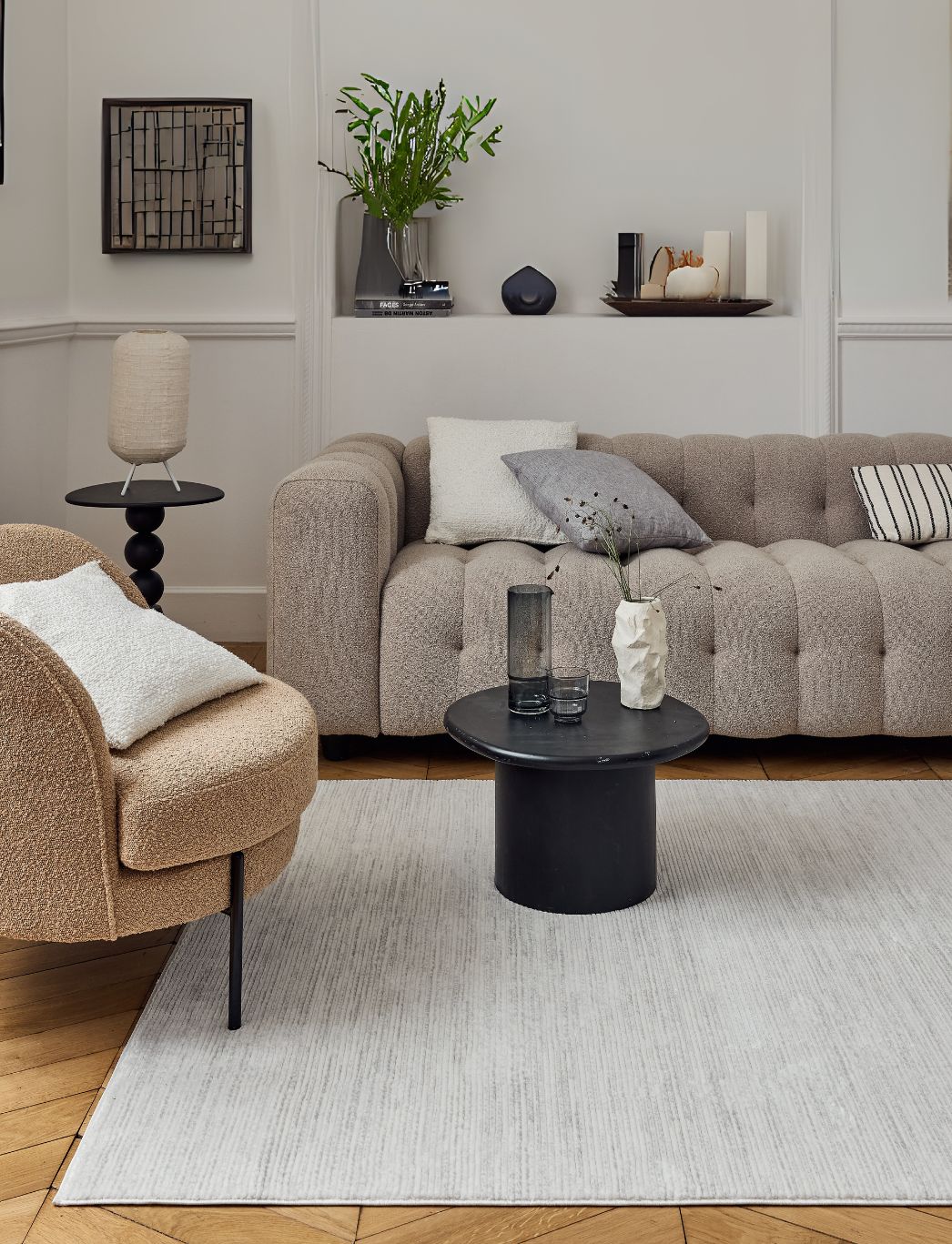
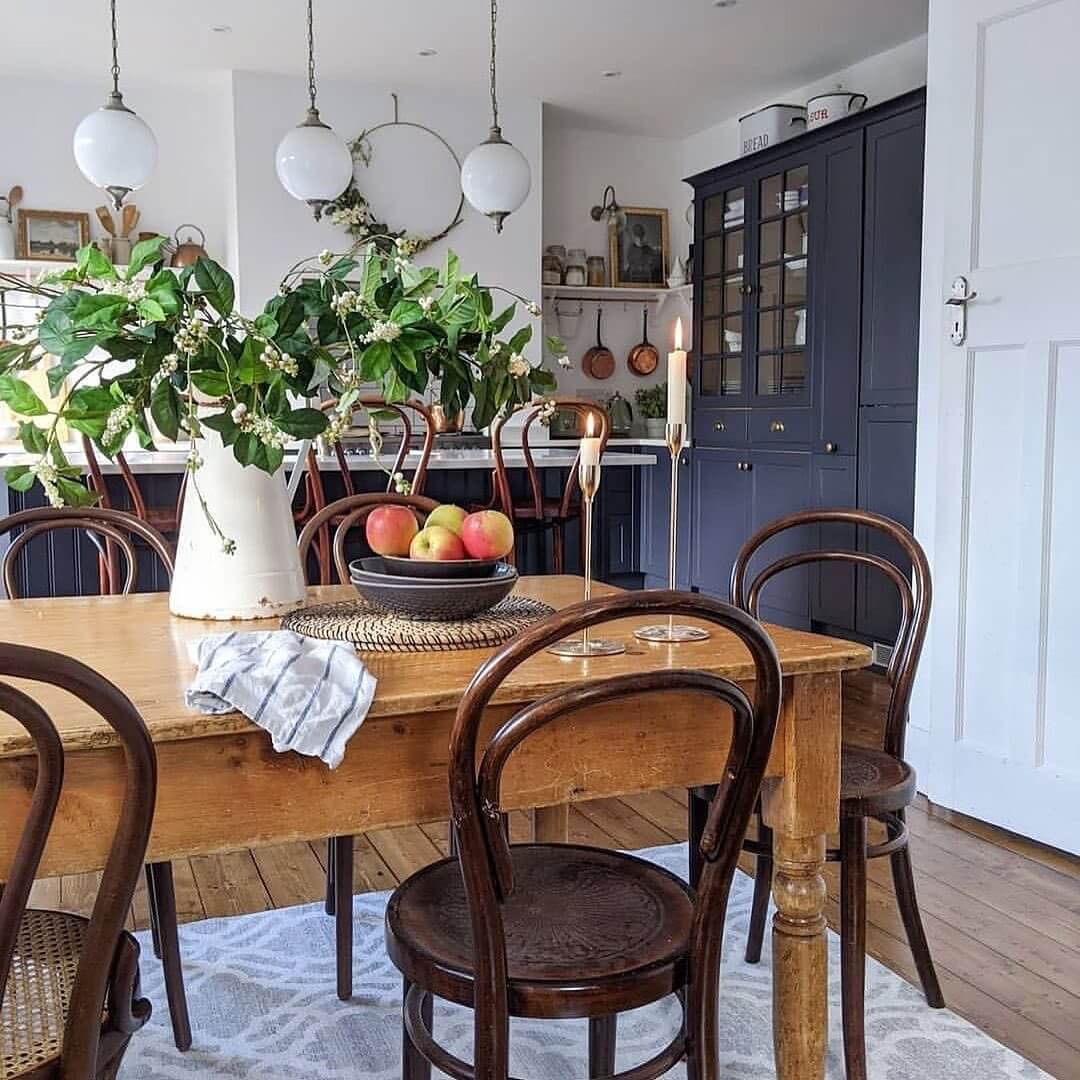
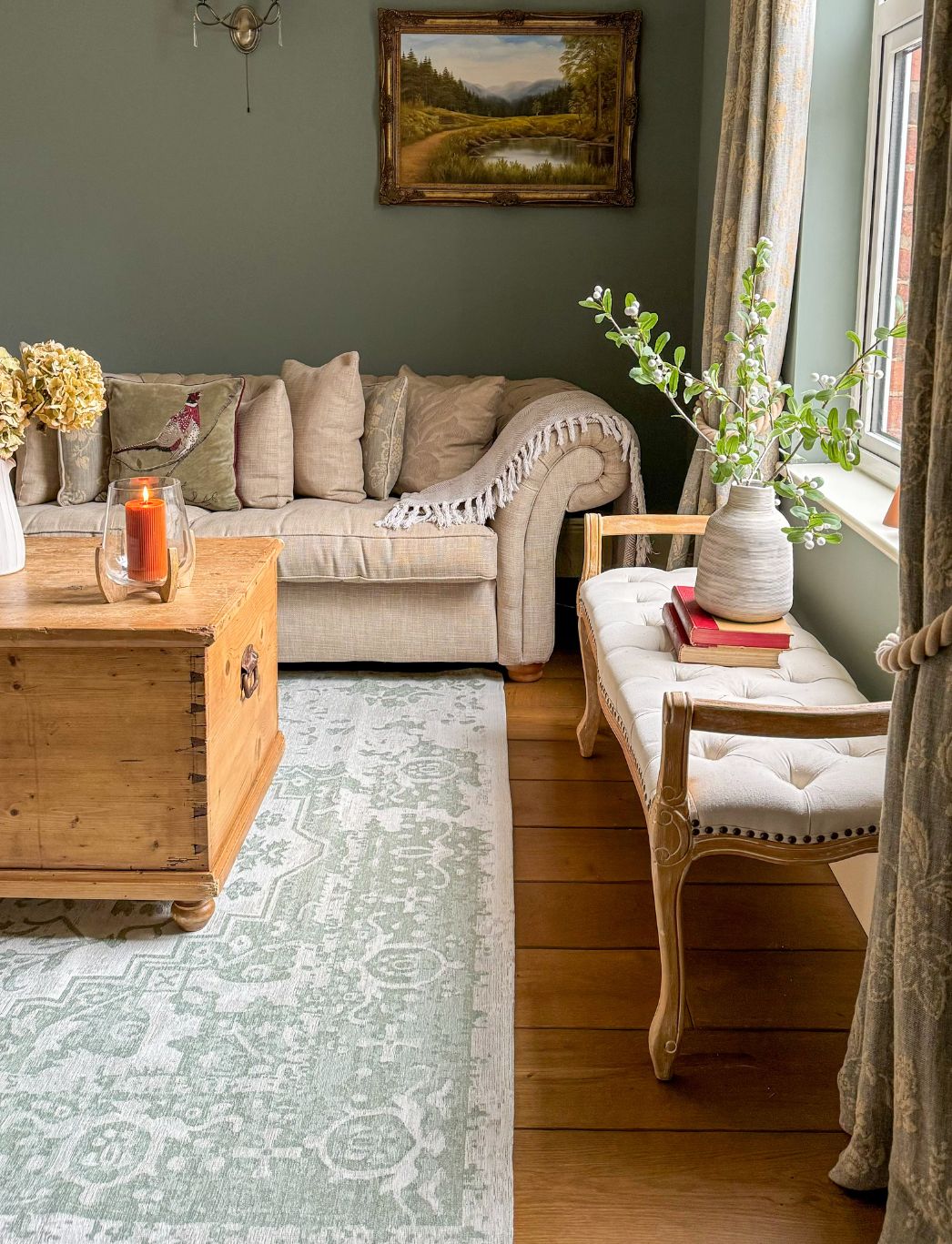
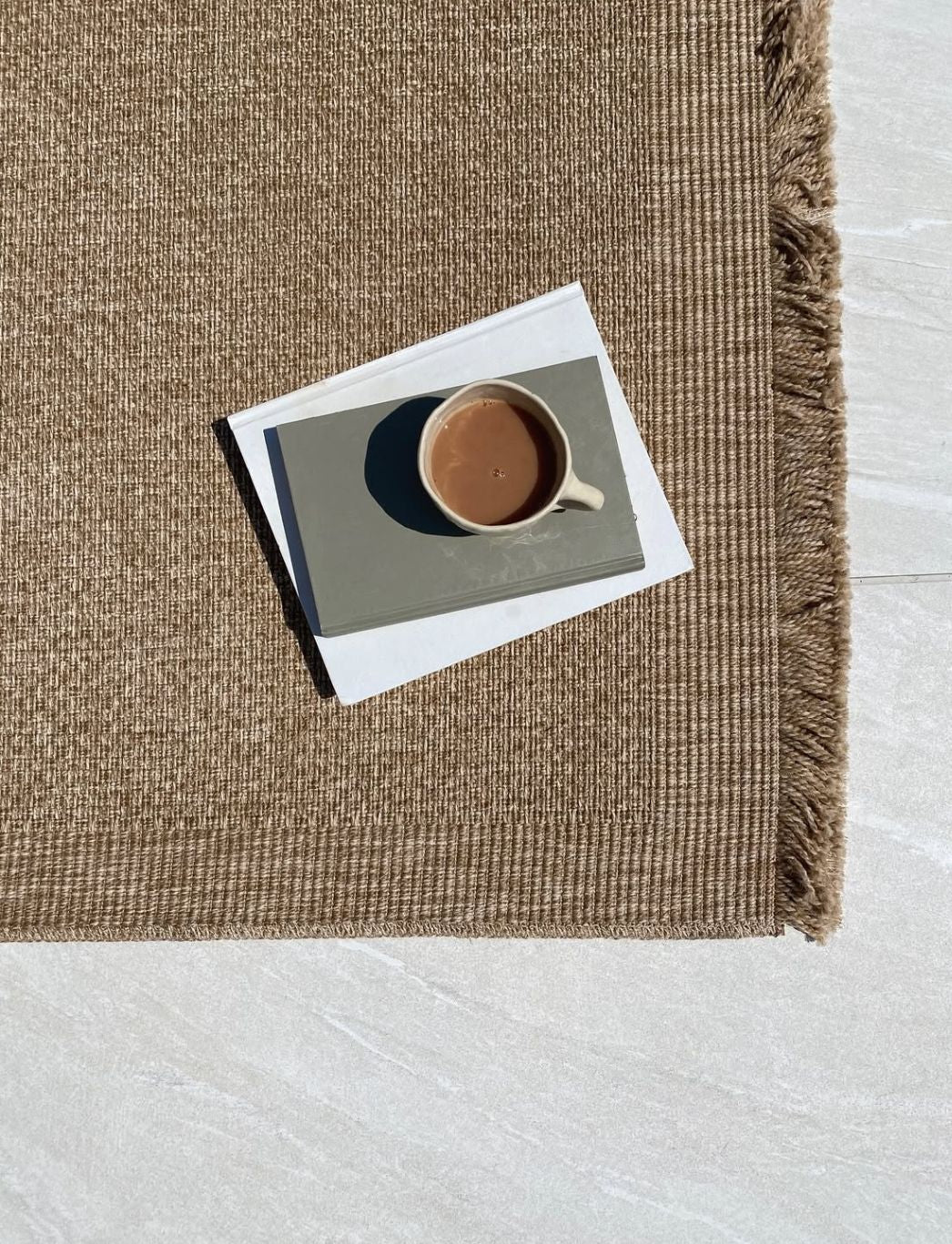
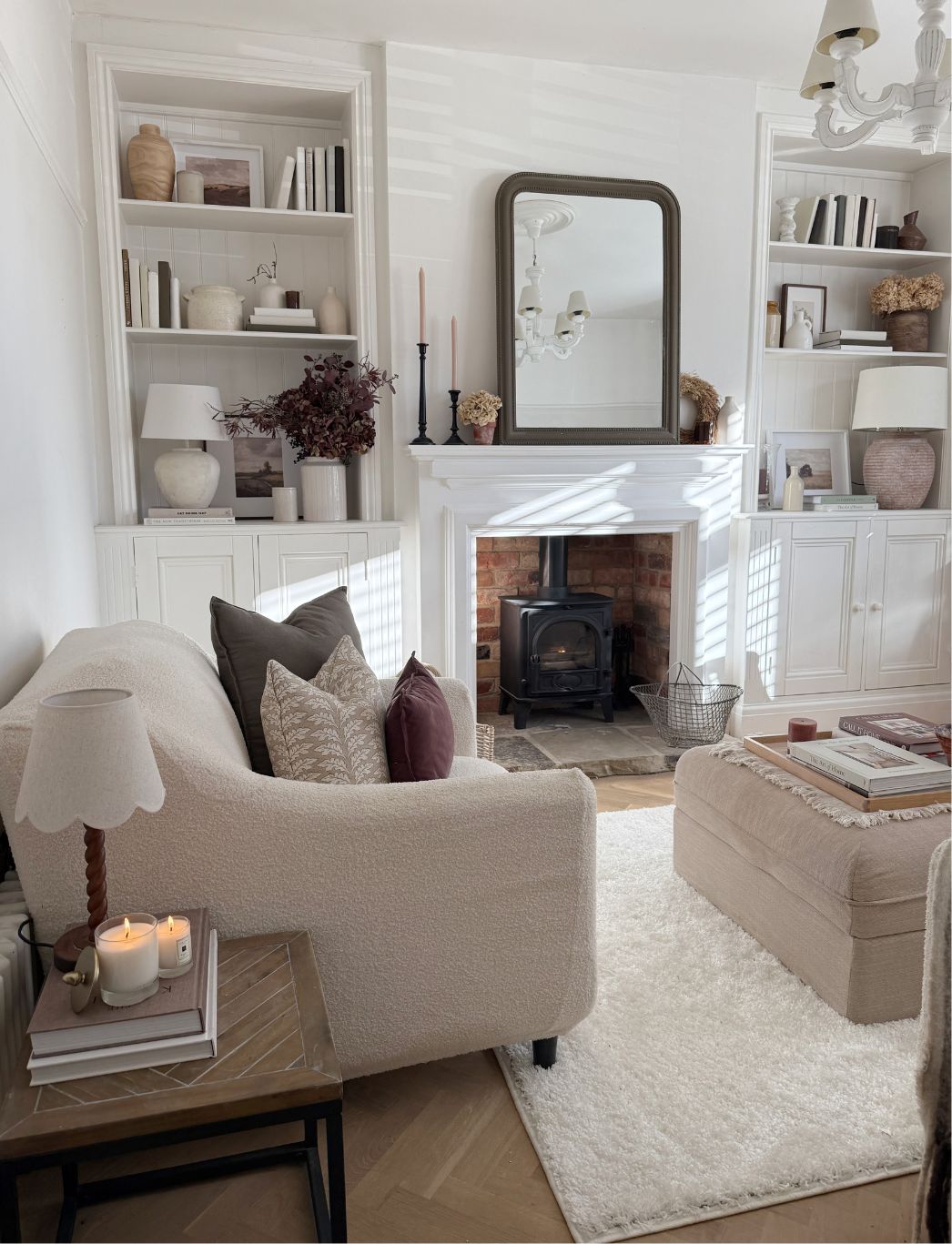
Leave a comment